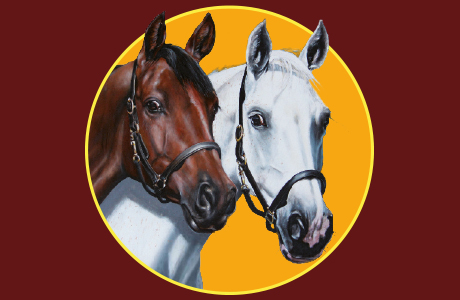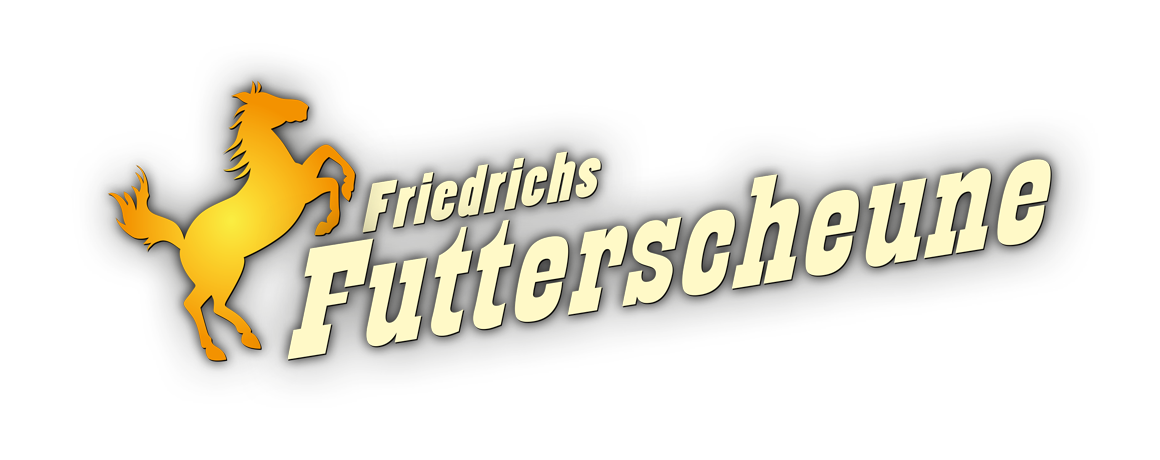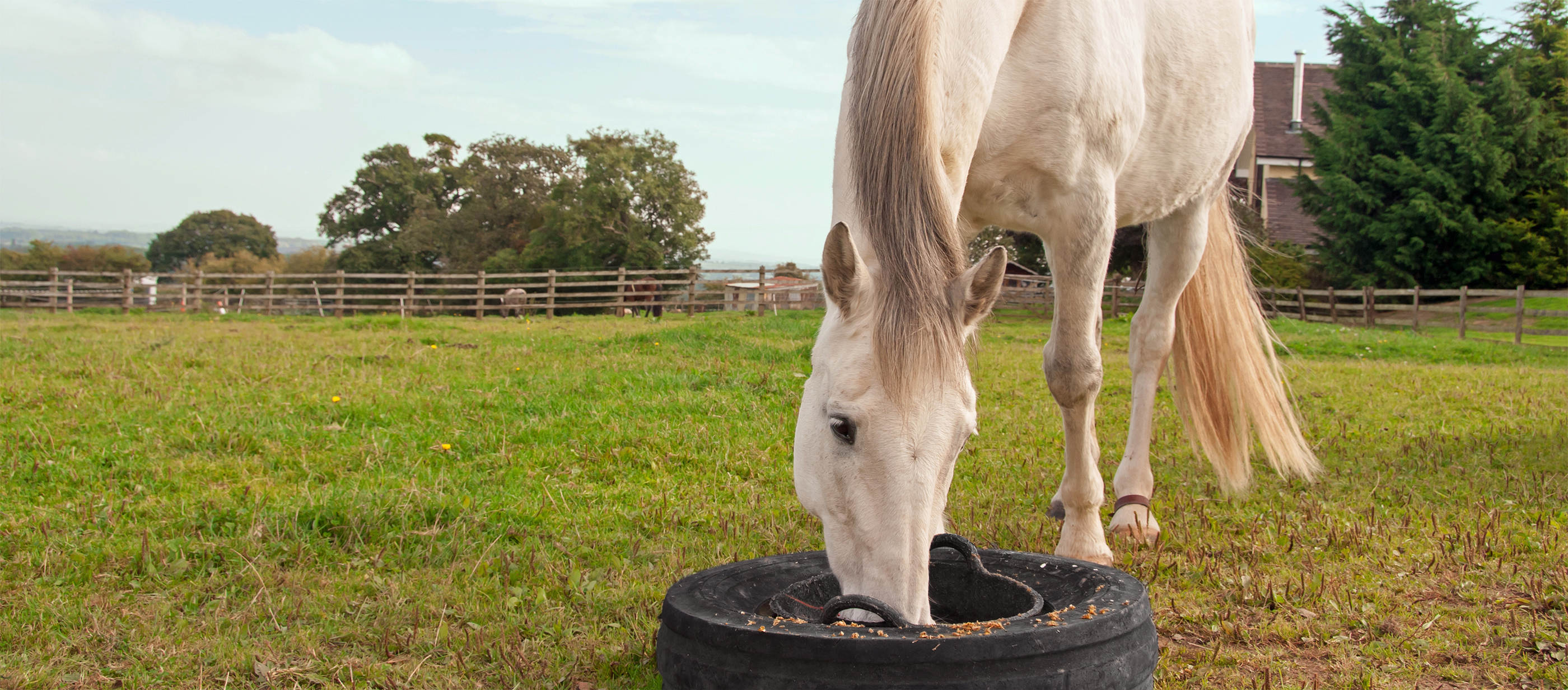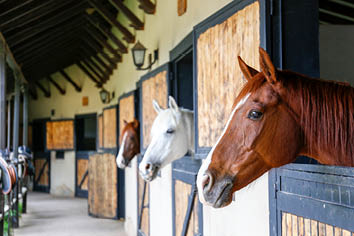
Yeast, ribose, milk thistle fruit, hawthorn leaves, hawthorn blossoms
Product information "Resist vet"
What to do with insulin resistance?
Nowadays, more and more horses are being diagnosed with so-called insulin resistance in blood tests. In many cases, insulin resistance is the result of many years of overfeeding and Equine Metabolic Syndrome, but can also be a companion to Equine Cushing's Syndrome. Of course, this problem can also occur in horses without the two pre-existing conditions mentioned.
Insulin resistance can be recognised externally by the storage of unphysiological fat deposits, especially in the area of the mane ridge and the tail root. Recurrent colic can be just as much a sign as the frequent passing of urine and the development of chronic laminitis. Fatigue, perspiration after riding and depressive moods can be observed. The horses appear to be poorly supplied with blood and insufficiently nourished.
Yeast, ribose, milk thistle fruit, hawthorn leaves, hawthorn blossoms
| Additives per kilogramme | |
|---|---|
| Glutamic acid | 50 g |
| glycine | 45 g |
| Aspartic acid | 45 g |
| L-cysteine base | 50 g |
| Vitamin B3 as niacin (3a314) | 1,500 mg |
Analytical constituents | |
| Crude protein | 28% |
| crude fat | 3% |
| crude fibre | 4% |
| crude ash | 3% |
| Sodium | 0% |
daily 30g (2 measuring spoons)
A basic mineralisation is guaranteed by the product No. 19 Mordskerl.
Ergänzungsfuttermittel aus professioneller Hand dr.WEYRAUCH Kräuter- und Mineralstoffspezialitäten wurden mit einem besonderen Anspruch an Reinheit und Qualität entwickelt. Die Rezepturen sind mit höchster Sorgfalt und aufgrund langjähriger wissenschaftlich basierter Erfahrung zusammengestellt.
0 of 0 reviews
Average rating of 0 out of 5 stars
Login







